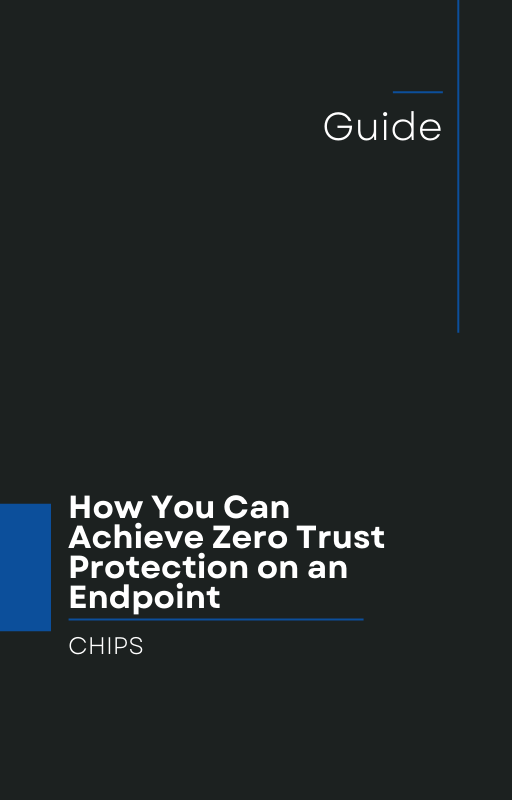When Remote Desktop becomes a liability
A recent Microsoft patch (August 12, 2025) addressed a critical vulnerability, CVE-2025-53722, in Windows Remote Desktop Services (RDS). The flaw lets attackers launch denial of service (DoS) attacks over the network without needing authentication or user interaction, using a low complexity vector. (cybersecuritynews.com)
This affects a wide range of Windows systems, from older Windows Server releases through to Windows Server 2025 and Windows 11 (24H2). The impact is high: while confidentiality and data integrity are not directly compromised, availability is in serious jeopardy.
The limits of Detect & Respond
Many cybersecurity strategies focus on detecting incidents after they happen, then responding to clean up the mess. But with threats like CVE-2025-53722, the damage, such as system unavailability, business downtime, and interrupted services, happens before detection can occur. Often, by then it is too late or very expensive to remediate.
Here are some typical gaps:
-
Detection tools may only alert after CPU, memory or GPU resources are already exhausted. By then, remote services may be unusable.
-
Responding often means tracing the overload, rebooting systems, or restoring endpoints, all of which interrupt business operations.
-
For attacks that require no credentials or user interaction, prevention through access controls is difficult, and detection alone does not block the initial attempt.
What Isolation & Containment brings to the table
To deal effectively with vulnerabilities like CVE-2025-53722, businesses need a shift from simply detecting and responding toward isolating and containing threats before they can spread or disrupt availability.
Isolation and containment means:
-
Limiting what a process or endpoint can do, even if exploited.
-
Keeping high risk services like RDS from being directly exposed to untrusted networks.
-
Enforcing strict execution policies so that unknown or untrusted code cannot consume critical resources or escalate into disruption.
Why AppGuard is built for this
If you want a proven solution to prevent exactly this kind of incident, AppGuard offers reliable protection with precisely this philosophy: isolation, containment, prevention rather than just detect and respond.
Here’s how AppGuard helps:
-
Proven track record — AppGuard has been protecting endpoints successfully for over 10 years against advanced threats.
-
Containment by default — Even if there is a vulnerability, exploits that try to misuse services like RDS are blocked from interfering with core system resources.
-
Zero trust for execution — Only approved executables, processes, and drivers run. Everything else is contained or blocked.
-
Minimal false positives — Because protection is based on policy and model, not just signatures or heuristics, operations continue with little interruption.
What you should do now
To protect your business from incidents like this, here are immediate and strategic steps:
-
Patch quickly for CVE-2025-53722 and related vulnerabilities on all Windows versions in use.
-
Review RDS exposure: If you expose Remote Desktop Services directly to the internet, consider using VPNs, gateways, or isolating these services behind controlled networks.
-
Limit resource exposure: Enforce rate limiting or resource throttles where possible to mitigate uncontrolled resource consumption.
-
Move beyond detection: Do not rely solely on detection tools or alerting after the fact. Adopt controls that isolate services, contain processes, and prevent unwanted behaviors before they cause a service outage.
Conclusion
CVE-2025-53722 is a wake up call. A vulnerability that is exploitable without credentials or user actions, with a low complexity vector, can skip detection entirely until damage is already done. Doing business today means you cannot wait for alerts or response teams to start.
You need isolation and containment built into your endpoint protection, not just detection and response.
Call to action
Business owners: let’s talk. At CHIPS, we want to help you move from a reactive posture to a proactive one. Let us show you how AppGuard, with its 10 year proven history, can prevent incidents like CVE-2025-53722 by isolating threats before they spread.
Reach out today to discuss how to protect your endpoints, preserve availability, and shift from Detect & Respond to Isolation & Containment.
Like this article? Please share it with others!

September 14, 2025

Comments